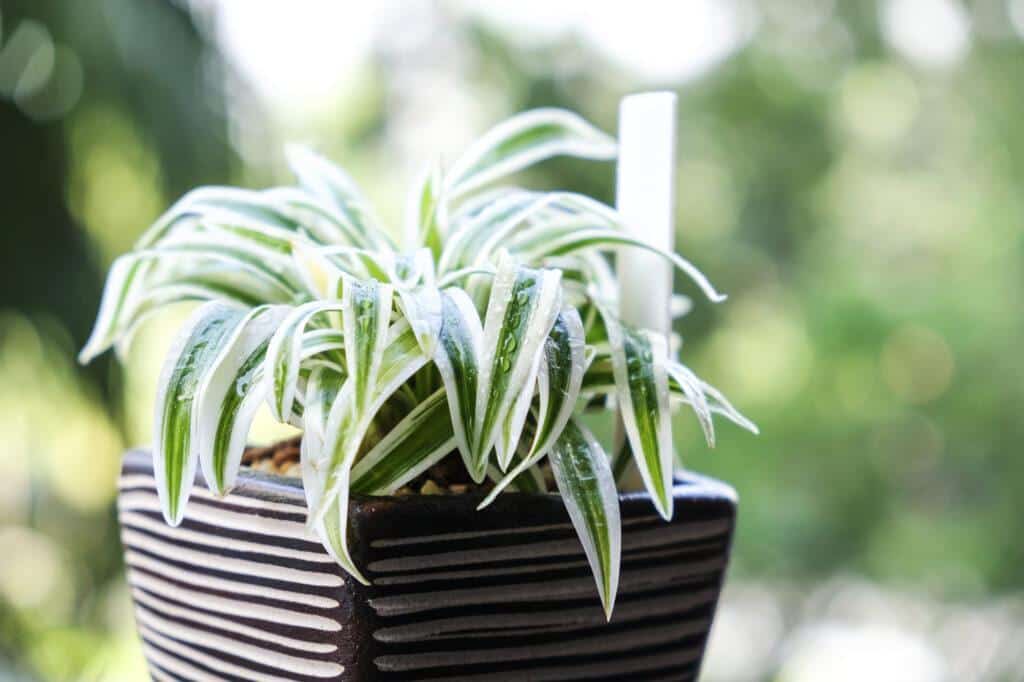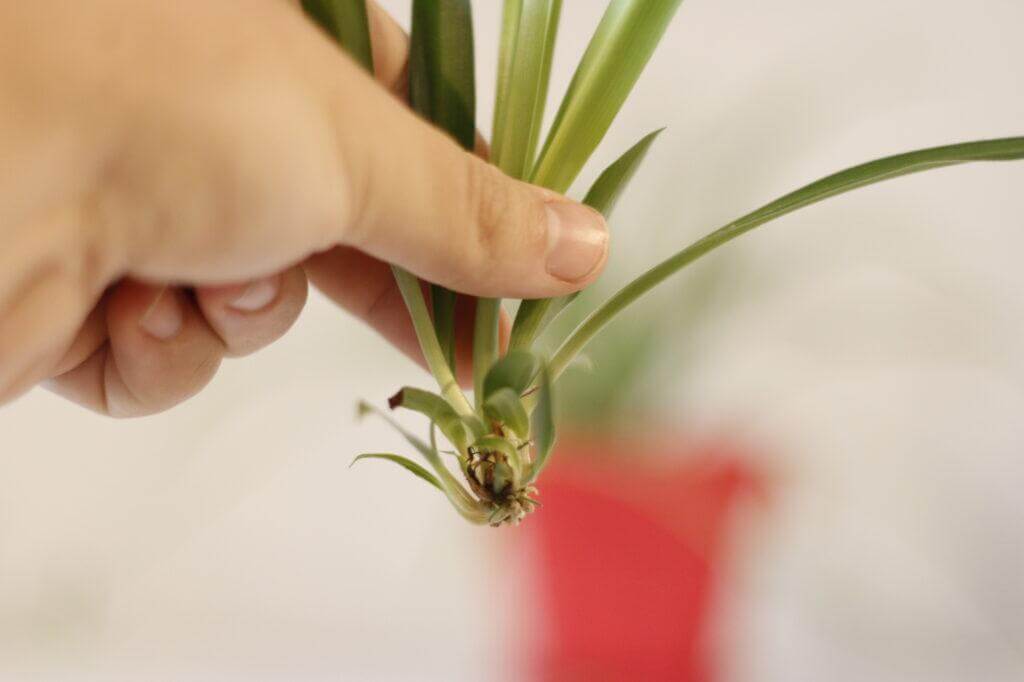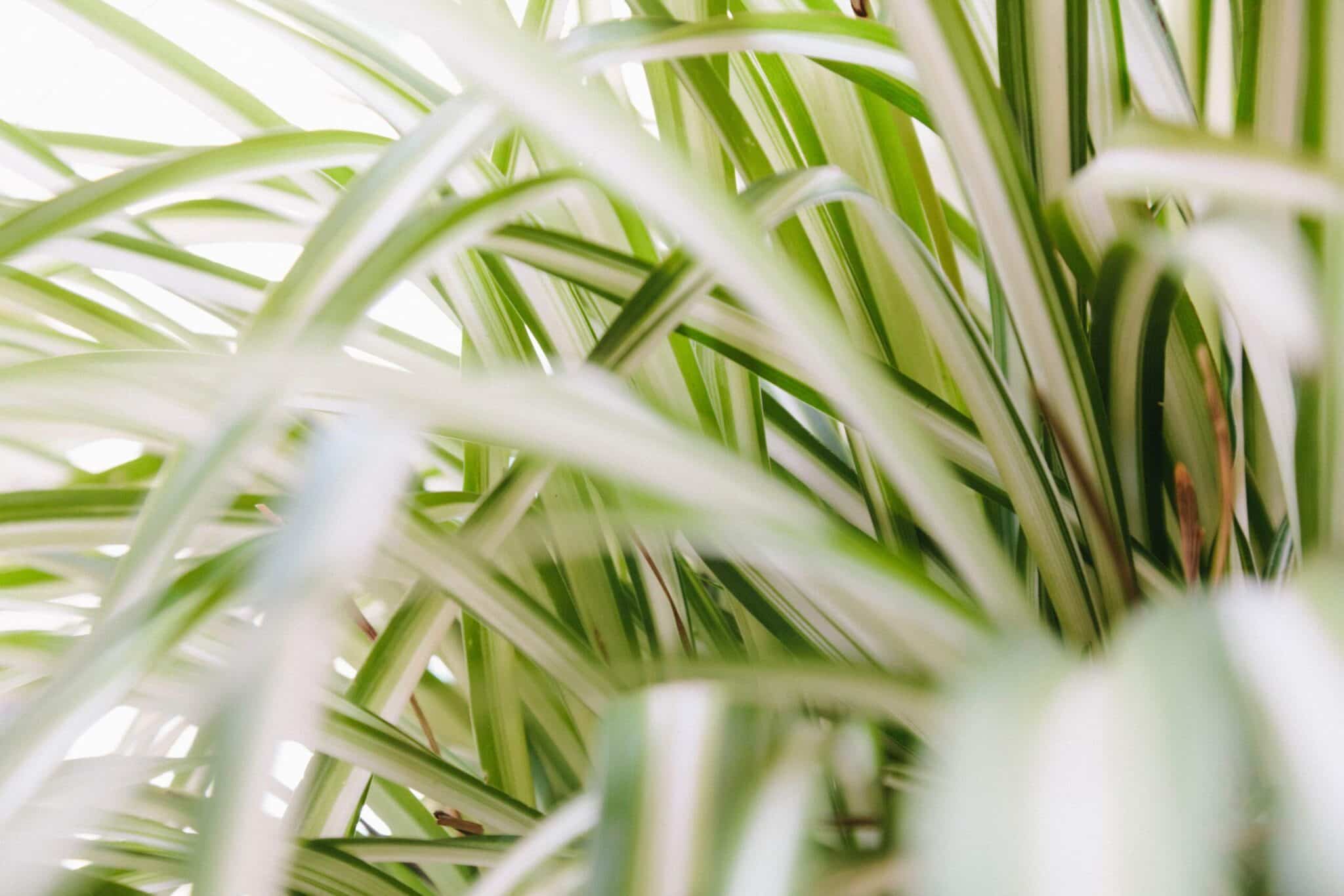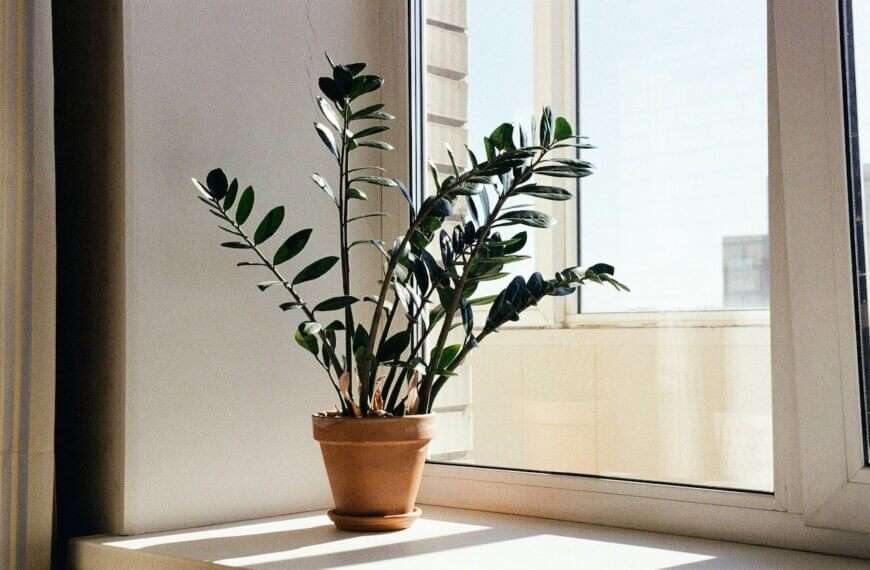Understanding Spider Plants
Spider plants are a great choice for indoor plant fans, but you need to understand how to care for a Spider Plant. They have long, curving leaves and small white flowers – so pretty! To take good care of them, use well-draining soil and give them balanced plant food. Let the soil dry out between watering, not too much water or the roots will get rot. Spider plants love bright but indirect sunlight, and they can survive in different temperatures.
Plus, spider plants purify the air in your home or office! Yay! A cool practice is taking the plantlets that grow on stems and putting them in fresh soil – they’ll grow into new baby spider plants. Knowing the needs and behavior of spider plants is rewarding.
Pro Tip: Place a dish with pebbles under the spider plant pot, add water until it reaches just below the pot – this increases the humidity around the plant. Spider plants are super easy to take care of – no barking, meowing or scratching furniture. Plus, they won’t die after a week!
Spider Plant Care Basics
To care for a spider plant effectively, you need to know the basics. In this section, you will learn the fundamental aspects of spider plant care, including the soil type that’s best for them, how much and how often to water them, and their light and temperature requirements. Additionally, you’ll discover a helpful section on spider plant propagation that will guide you in growing more spider plants.
Choosing the Right Soil for Spider Plants
Spider plants need the right soil to grow healthy and strong. And to produce beautiful foliage. So, here’s what you need to know:
- A well-draining, loamy soil mix
- A slightly acidic pH range of 6-6.5
- Organic matter like compost and peat moss
No too much fertilizer! Just a little bit of balanced houseplant fertilizer twice a year.
Plus, sunlight and water are essential. Water when the top layer of soil is dry. Don’t let it sit in stagnant water.
And don’t repot too often. Spider plants prefer crowded conditions. Repot once every two years max.
Water your spider plant right – responsibly – not like a forgetful goldfish owner.
Watering Spider Plants: Frequency and Amount
Spider plants need the right amount of water for healthy growth. Balance the frequency and amount of water, but avoid over or underwatering. Here’s how to get it right:
- Put your finger an inch deep into the soil to check moisture.
- Water when the soil feels dry.
- Use room-temperature water only.
- Water evenly and allow drainage.
- Change frequency depending on humidity and temp.
Note: Spider Plants don’t like chlorine in tap water, so use dechlorinated or purified water.
Water your Spider Plant right and you’ll have lush foliage and stronger roots. Plus, it can add a burst of green to any room in your house! Just make sure to not overheat it, and give it a bit of sun.

Sunlight and Temperature Requirements for Spider Plants
Spider plants are simple to maintain. They need only moderate sunlight and temperature. Here are a few pointers about their perfect conditions:
- Bright, indirect light is best. Some shade is okay.
- Direct sunlight can burn their leaves.
- Ideal temp. range: 60°F to 80°F (15°C to 27°C).
- Can handle 40°F (5°C) for short periods. Keep away from frost and cold drafts.
- Average to high humidity is ideal.
Don’t forget to water consistently and make sure the soil is moist during summer. Let it dry out slightly before the next watering.
Pro Tip: Brown tips on leaves mean low humidity. Misting with water or using a humidifier helps.
Propagating spider plants is simple! After reading this guide, you’ll have more babies than a daycare center.
Spider Plant Propagation: How to Grow More Spider Plants
Spider Plants are ideal for beginners. Here’s how to get more without spending much:
Get mature Spider Plants with plantlets attached. Cut off the plantlet using a clean and sharp blade. Get a pot with moist, well-draining soil and drainage holes. Fill the pot with soil and make a small hole. Put the plantlet base in the hole and cover its roots. Water it until water seeps through the pot’s drainage holes.
Put the potted plant near bright, indirect sunlight. Mist regularly to maintain humidity until new growth emerges. With proper care and regular watering, your new Spider Plant will start growing within weeks!
You can also propagate by bending down existing adult Spider Plants with mature dangling flowers or runners. Place their pointed ends on top of moistened soil, but make sure only half of the stem is covered.
In 1824, Carl Thunberg unknowingly set the stage for these plants to become popular houseplants almost two centuries later!
There’s a solution to every problem Spider Plants may face – they need therapy too!

Common Problems and Solutions
To troubleshoot common problems when caring for your spider plant, it’s important to familiarize yourself with potential pests and diseases to watch out for. Additionally, keep an eye out for yellow or brown leaves and understand the reasons behind them. If your plant seems to be struggling, it’s possible that root rot is the issue. Read on for solutions to these common difficulties.
Spider Plant Pests and Diseases to Watch Out For
Spider plants are a popular indoor plant. But, they can be vulnerable to pests and diseases. Here are some common issues:
- Spider mites cause webbing and brown spots.
- Mealybugs create white cotton-like clusters. They suck sap from the stems and leaves.
- Overwatering can lead to root rot. Roots may turn brown or black.
Watch out for these problems. Regularly inspect your plant for prevention. Treat issues with natural insecticide or soapy water. Avoid using harmful chemicals.
Spider plants are resilient with good care. But watch out for hazards. I once had my dog take down mine. The broken stem grew back. Best to keep an eye on household plants.
Discolored leaves? Looks like your plant needs a tan or good exfoliation!
Troubleshooting Yellow or Brown Leaves
Plant leaves turning yellow or brown is a sign of many underlying issues. It could be due to a nutrient deficiency, such as nitrogen or iron, in the soil. Also, too much or too little water may cause this. In some cases, fungal or bacterial infections are to blame.
To solve this problem, it is important to identify the cause and take the relevant steps. For instance, soil fertilization can help with nutrient deficiency and adjusting watering patterns can help with root-related problems. Treating plants with fungicides can stop infections from spreading.
When transplanting a plant, extra care must be taken to avoid yellow or brown leaves. It may take some time to reverse the damage.
Pro Tip: Regular inspections of plants can help spot early signs of trouble, so that action can be taken before it gets worse. If the roots look more matted than Donald Trump’s hair, then it is time to address the root rot.
Root Rot: Causes and Treatment
Root Decay is a common fungal disease affecting plant root systems. It weakens and wilts plants. Overwatering and poor drainage are the main causes. Treatment depends on the severity of the infection. It usually involves removing affected roots and improving soil drainage.
If not treated, it can stunt growth, weaken the plant or even lead to death. Pests and soil-borne pathogens can also cause root rot. Catching early signs is key to preventing further spread.
A moist, poorly ventilated environment promotes plant infection by attracting fungi spores from decaying matter. Once it takes hold, root rot spreads quickly, blocking nutrients.
Pro Tip: If you have an infestation, dispose of infected plants far away if you plan to grow crops again. Disinfect equipment before using it with the right disinfectant. Spider plants are the best houseplant friends – easy to care for and sure to make your decor look cool.
Spider Plant Décor: Creative Ways to Display Spider Plants
Spider plants! Those popular, air-purifying indoor greenery. Here are some crazy and unique ways to show them off:
- Hang ’em up with a macrame hanger or hook!
- Put ’em on a shelf or stand.
- Make a terrarium with your spider plant and others.
- Mix and match different sizes, colors, and textures.
- Create a living wall with several spider plants.
- Showcase their cascading nature with a hanging basket.
For a dash of color, put your spider plant in a colorful pot. Or add some other contrasting ornaments.
You know NASA chose the spider plant as one of the top air-purifying plants? They absorb carbon monoxide, benzene, formaldehyde, and xylene. With its health benefits and fun display ideas, spider plants are worth caring for.
Spider plants may not be cuddly, but they still bring life to your home. Just don’t mistake them for tarantulas in the middle of the night!

Conclusion: Finding Joy in Growing Spider Plants
Spider plants bring joy and satisfaction to households. They need regular watering, sunlight, fertilization and pruning. Spider plants are low-maintenance and great for novice or experienced gardeners.
Put them in well-draining soil with space for their roots. Avoid direct sunlight during the hottest part of the day and provide air circulation. This will help you cultivate lush spider plants.
Apart from looking nice, spider plants can improve air quality and reduce stress. Watch out for signs of overwatering or underwatering – both can harm your spider plant. When taken care of correctly, spider plants can give years of enjoyment.
Frequently Asked Questions
1. How often should I water my spider plant?
Spider plants should be watered about once a week or when the top inch of soil feels dry. It’s important not to overwater, as spider plants prefer slightly dry conditions.
2. Can spider plants be grown in low light conditions?
Yes, spider plants can thrive in low light conditions. However, they prefer bright, indirect light and may produce more foliage and flowers in these conditions.
3. How often should I fertilize my spider plant?
Spider plants should be fertilized every 2-4 weeks during the growing season (spring and summer) with a balanced fertilizer. Avoid fertilizing in the winter.
4. Can spider plants be grown in hanging planters?
Yes, spider plants can be grown in hanging planters, as long as the planter has good drainage and the soil doesn’t dry out too quickly.
5. Why are the leaves on my spider plant turning yellow?
The most common reason for yellowing leaves on a spider plant is overwatering. Make sure not to water too frequently, and ensure that the plant is in well-draining soil.
6. Can spider plants be grown outdoors?
Spider plants can be grown outdoors in warm, humid climates with well-draining soil and indirect sunlight. In colder climates, it’s best to grow them as houseplants.




